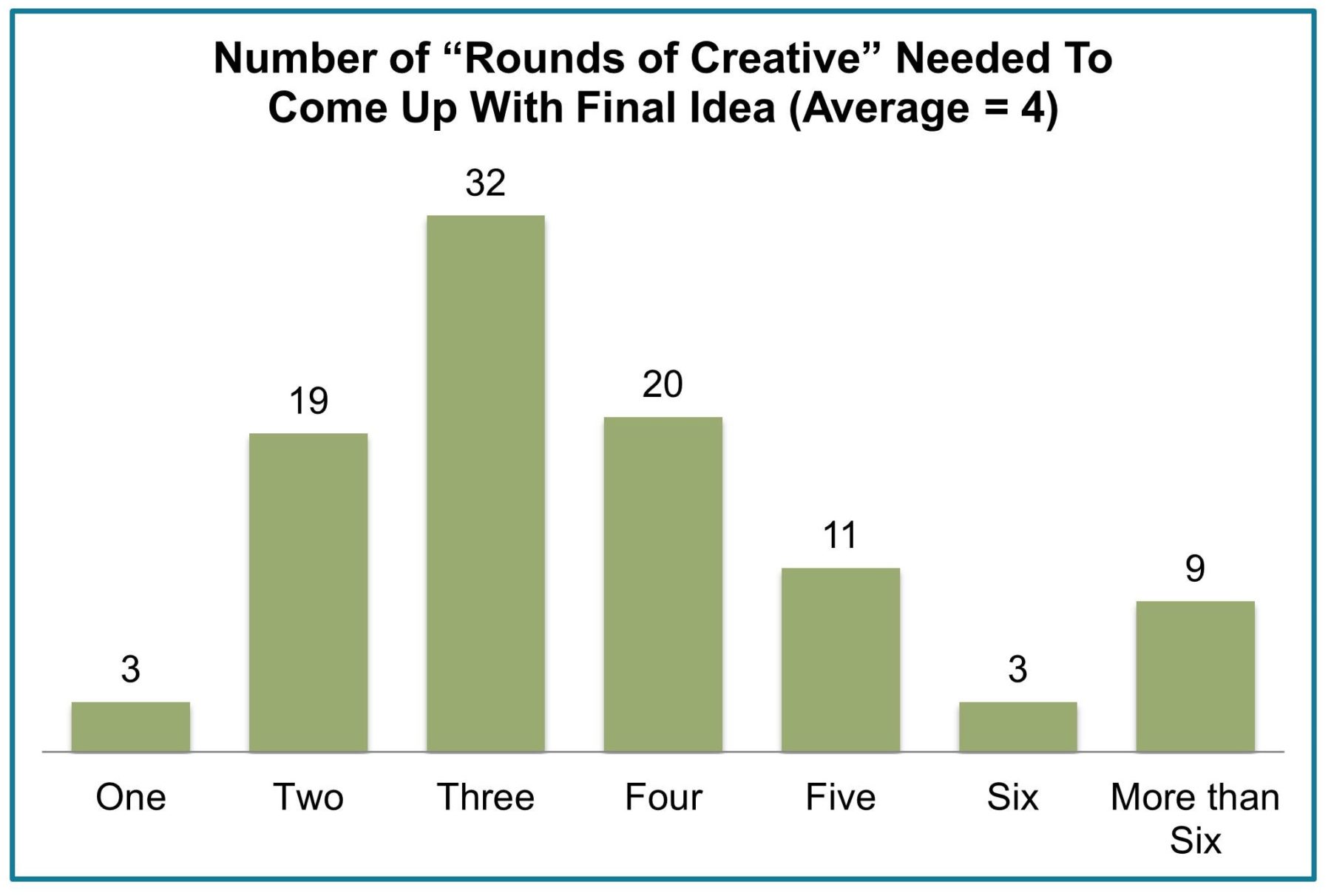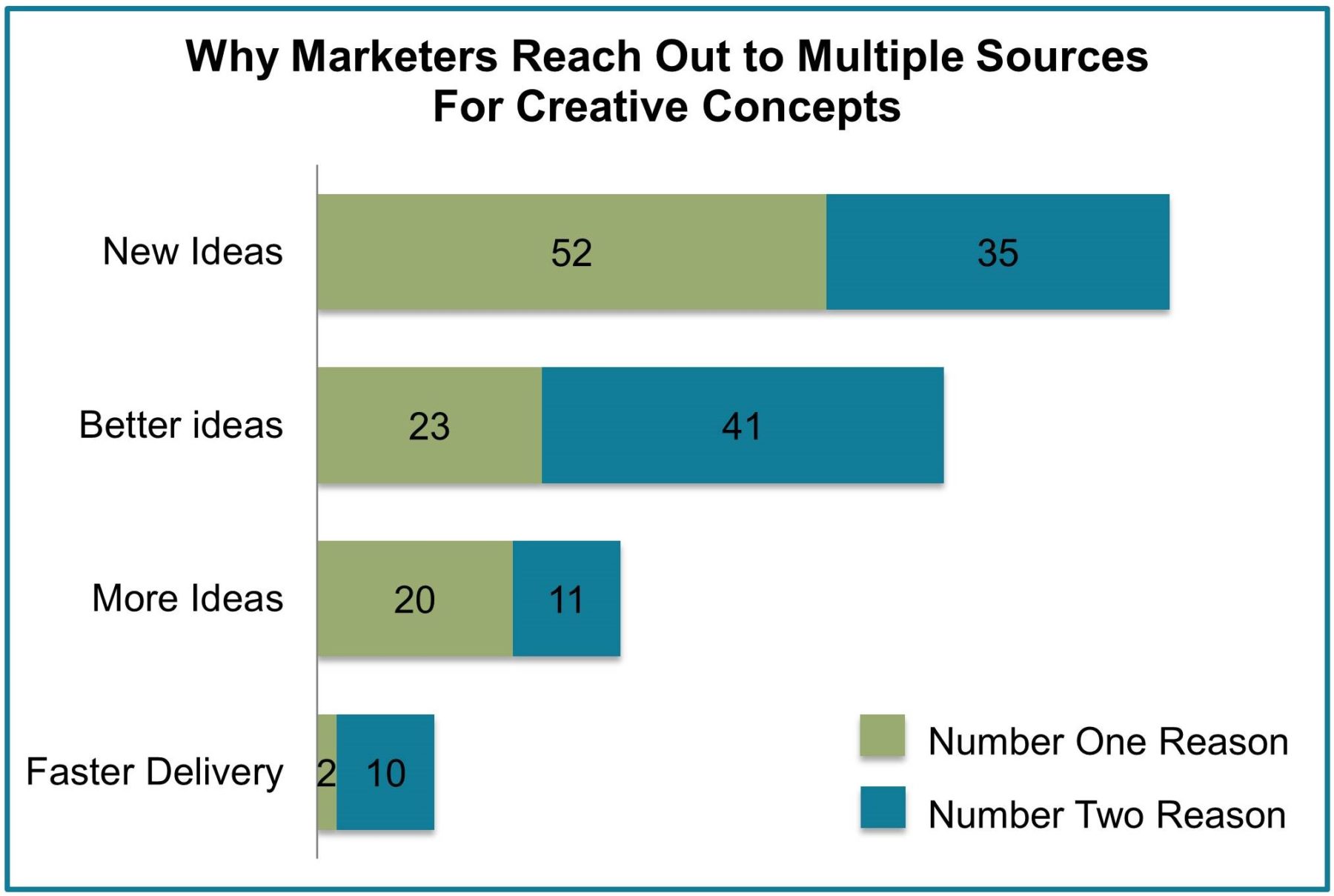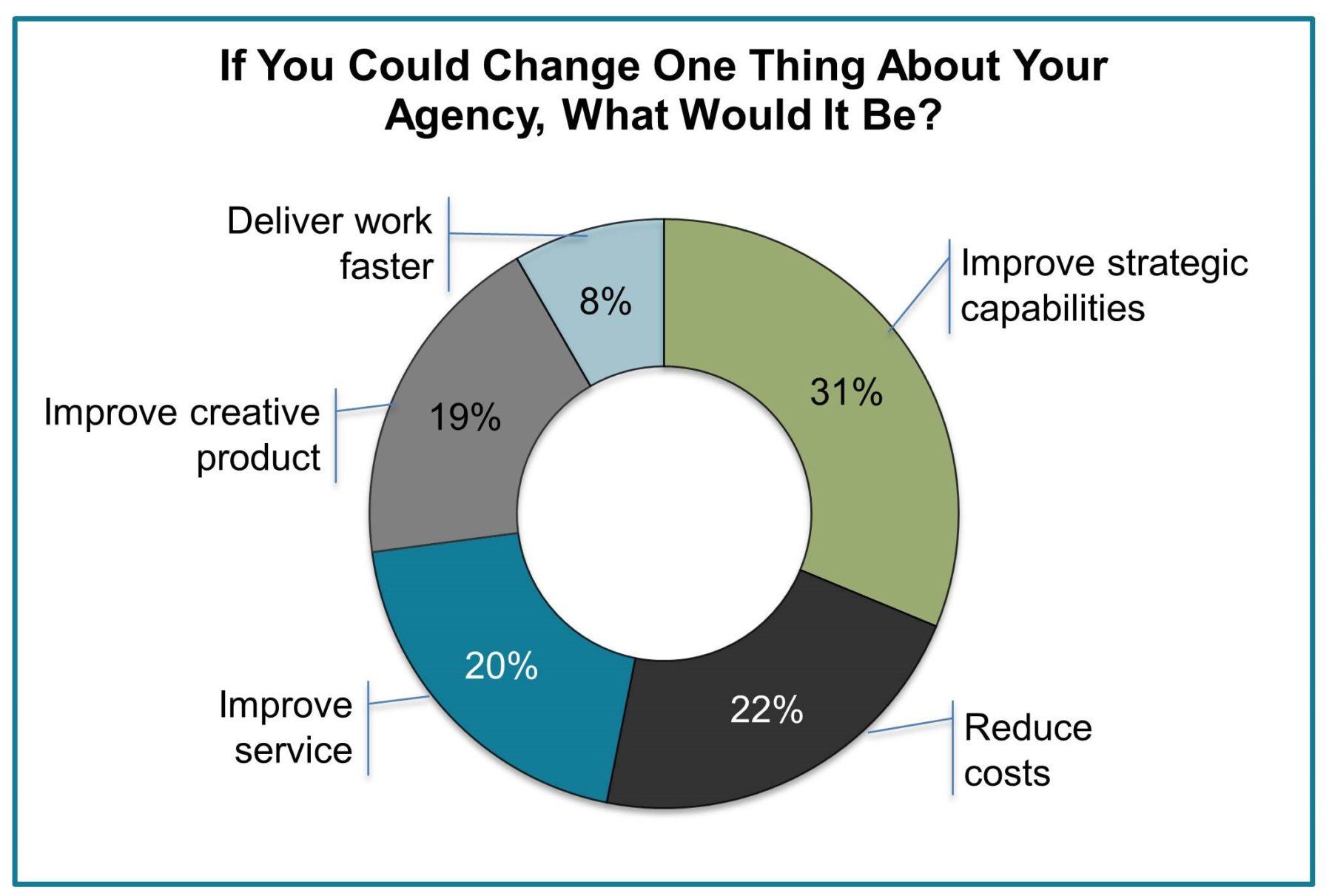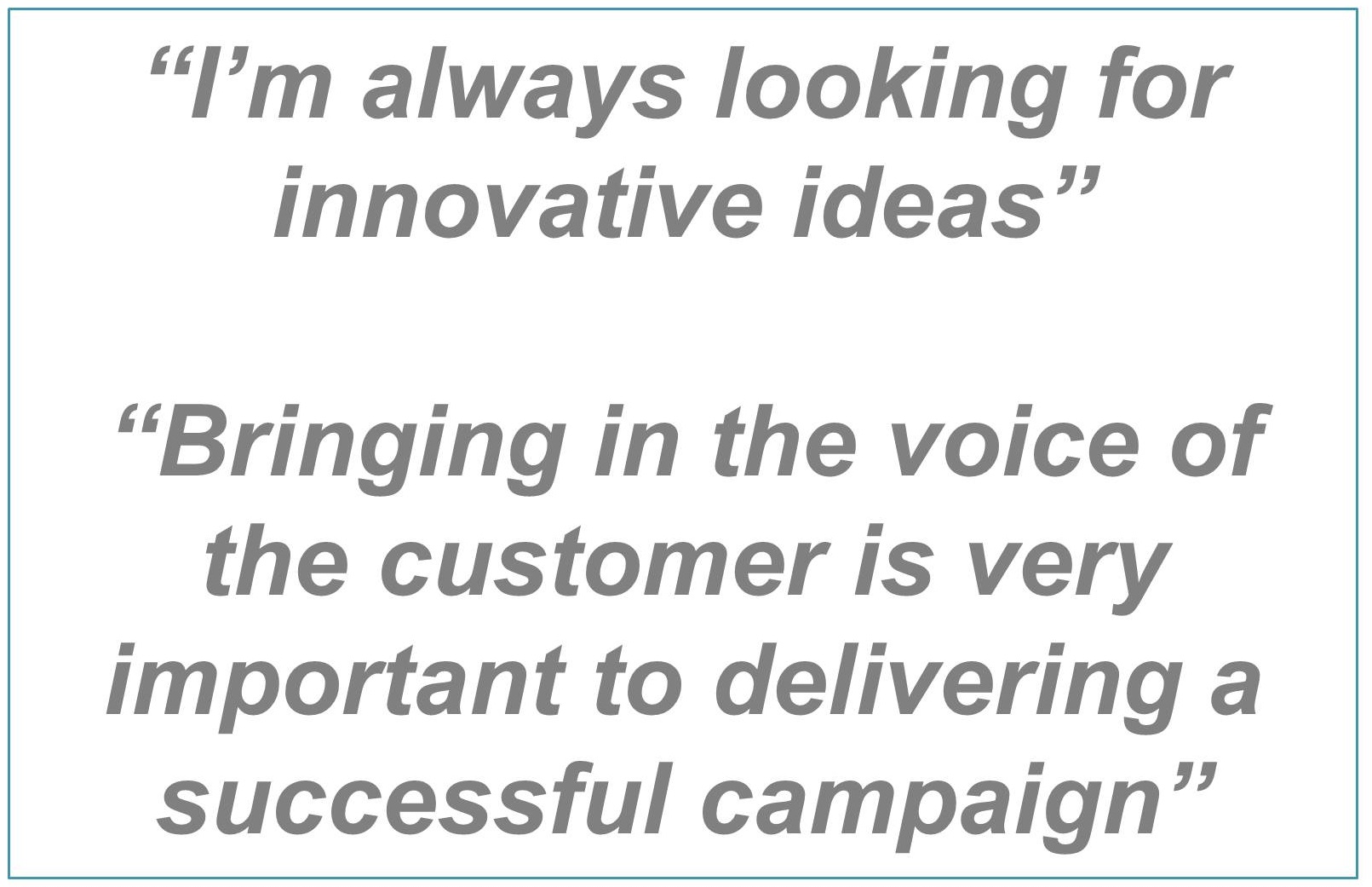If clients are generally satisfied with their current agency relationship, why is it when it’s time to develop new creative concepts for their brands, that they ask other agencies “to the dance” about 50% of the time?
Do they feel that their current agency isn’t up to the task? That they need new thinking? That they need more ideas to put forward? Or is it all of these?
PeerSourcing Solutions, a company developing a new model for creating ideas in healthcare, recently fielded a study among pharmaceutical marketers to better understand the dynamics surrounding the creative concept development process. Ninety-seven senior pharmaceutical marketers (Brand Managers, Directors, and above) were surveyed.
Most (83 of the 97 respondents) indicated that they had been involved in the development of new creative concepts within the past 12 months. And the respondents reported that, for the most part, they manage significant marketing budgets. Sixty-four percent manage budgets of over $2 million, 38% have marketing budgets of more than $5 million, and 27% are responsible for marketing budgets of over $10 million.
The Value Placed on Ideas
Regardless of the budgets involved, the concept development process is often time-consuming and can reveal issues that clients have with their agency’s capabilities. On average, it takes four rounds of creative concepts to come up with the final idea—and our respondents reported projects that took upwards of 10 rounds.
Despite the time involved in landing on the chosen concept, marketers place a higher value on ideas than on the time required to generate them. When we asked why clients reach out to multiple sources for the development of concepts, the top three reasons cited were: New ideas, more ideas, and better ideas.
While they recognize that reaching out beyond their agency of record for additional concepts can make their jobs more difficult—managing and briefing multiple agencies, and potentially damaging the relationship they have with their primary agency partnership—access to more ideas often makes it worth the effort.
Additional agencies are tapped because marketers want different points of view. And this is in a market where over 80% of marketers give their agency relationship a score of 6 or above on a scale from 1 to 10. They like their agency but want more options, and they want work that they feel their current agency isn’t capable of delivering. Between the time required, and the concerns about getting the ideas they need, it’s perhaps not surprising that marketers rate their satisfaction with the concept development process a 6.8 on a scale of 1 to 10.
Agency-Client Relationship Problem Areas
So, where are the problems? When asked “If you could change just one thing about your agency, what would it be?”—almost 31% said they would improve their agency’s strategic capabilities. From there, it was pretty even, with about 20% indicating a need to improve either creative, service, or pricing. (Interestingly, speed was at the bottom of the list, with only 8% of respondents indicating that faster delivery of work was the one thing they would change.)
But, when you crossed the single thing they’d like to change with their overall satisfaction with their current agency relationship, it was interesting to note that the marketers who cited concerns about creativity and strategic capabilities reported much lower levels of satisfaction, while the individuals who suggested that their agency could work faster, or reduce their costs, tended to report higher level of satisfaction with their current agency relationship. (It should probably be noted that the survey demanded that the respondents list something that they’d like to change about their agency—so it appears that the individuals in “good agency relationships” asked for changes in areas seen as less important.)
Why did we concentrate on the concept development process? On average, concept work probably accounts for less than 10% of agency billings. And, while most clients report that they’ve been involved in concept development work within the past 12 months, there are lots of other activities that keep marketers busy on an ongoing basis. Well…we focused on the concept development process because concepts (at least the ones that end up being rolled out) are among the few lasting examples of an agency/client relationship. And because marketers place a high value on the ideas and creative that comes out of the concept development process. But, perhaps most important is that, when the concept development process goes south, so goes the overall agency/client relationship.
Improve the Concept Development Process
So what can an agency do to improve the concept development process (and, by doing so, improve the overall agency/client relationship)? The focus, clearly, needs to be on strategy and creative. While strategic development is usually based on customer input, either through a review of past research, or through bespoke strategic research, it’s interesting to note that creative tends to be developed more independently from direct customer input, and is only vetted by customers after the concepts have been completed.
From our research, this seems to be an opportunity for agencies and companies involved in developing creative concepts. In fact, the respondents to our research placed a high value on a concept development process that uses customers (physicians or patients) to uncover the most appropriate character for their brand—our respondents gave it an 8 on a scale of 1 to 10.
Similarly, when we asked how likely marketers would be to use a concept development process with creative direction provided through crowdsourcing, they gave the option a 7 on a scale of 1 to 10. Verbatims included comments such as, “I’m always looking for innovative ideas”, “Bringing in the voice of the customer is very important to delivering a successful campaign”, and “Most likely the concept would be based on more ground-level information than on board room developed concepts. Its success factor should be better.”
Improved creative and innovative approaches to help guide the creative concept development process can help to keep agencies “in the hunt.” And in the process, superior creative will improve the agency/client relationship. But, as good as things may seem—there will still be times when your client needs more. So don’t be surprised if you see some new faces in the briefing room.












